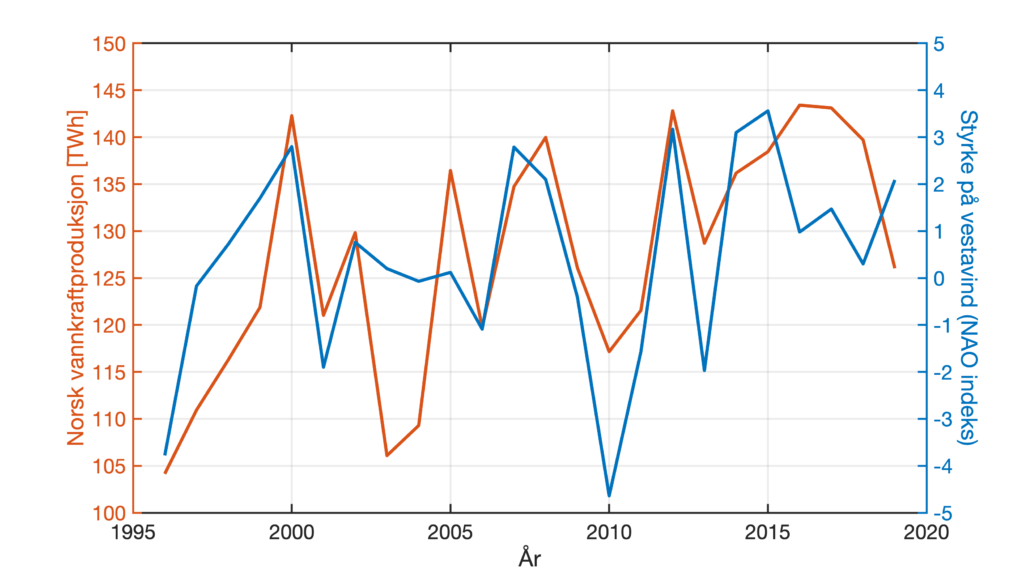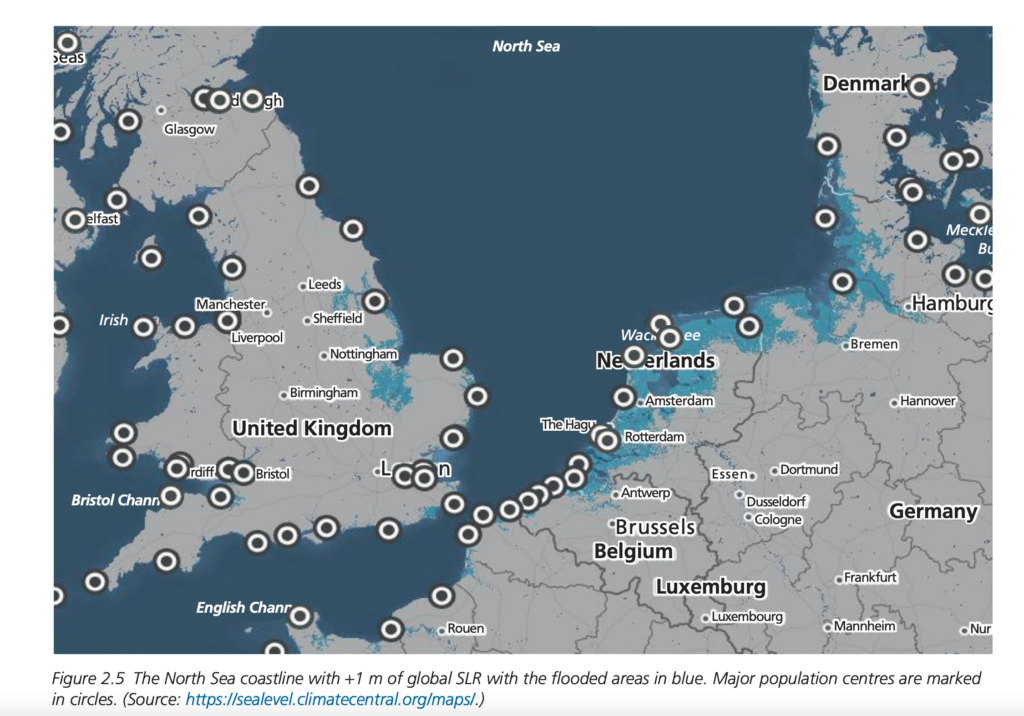Omrani, NE., Keenlyside, N., Matthes, K., Boljka, L., Zanchettin, D., Jungclaus, JH., Lubis, SW. 2022: Coupled stratosphere-troposphere-Atlantic multidecadal oscillation and its importance for near-future climate projection. npj Clim Atmos Sci. https://doi.org/10.1038/s41612-022-00275-1
Summary: Northern Hemisphere (NH) climate has experienced various coherent wintertime multidecadal climate trends in stratosphere, troposphere, ocean, and cryosphere. However, the overall mechanistic framework linking these trends is not well established. Here we show, using long-term transient forced coupled climate simulation, that large parts of the coherent NH-multidecadal changes can be understood within a damped coupled stratosphere/troposphere/ocean-oscillation framework. Wave-induced downward propagating positive stratosphere/troposphere-coupled Northern Annular Mode (NAM) and associated stratospheric cooling initiate delayed thermohaline strengthening of Atlantic overturning circulation and extratropical Atlantic-gyres. These increase the poleward oceanic heat transport leading to Arctic sea-ice melting, Arctic warming amplification, and large-scale Atlantic warming, which in turn initiates wave-induced downward propagating negative NAM and stratospheric warming and therefore reverse the oscillation phase. This coupled variability improves the performance of statistical models, which project further weakening of North Atlantic Oscillation, North Atlantic cooling and hiatus in wintertime North Atlantic-Arctic sea-ice and global surface temperature just like the 1950s–1970s.
Link to publication. You are most welcome to contact us or the corresponding author(s) directly, if you have questions.



